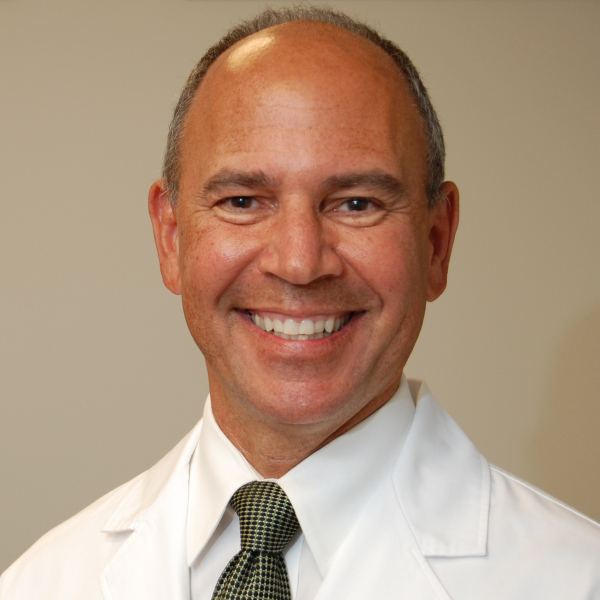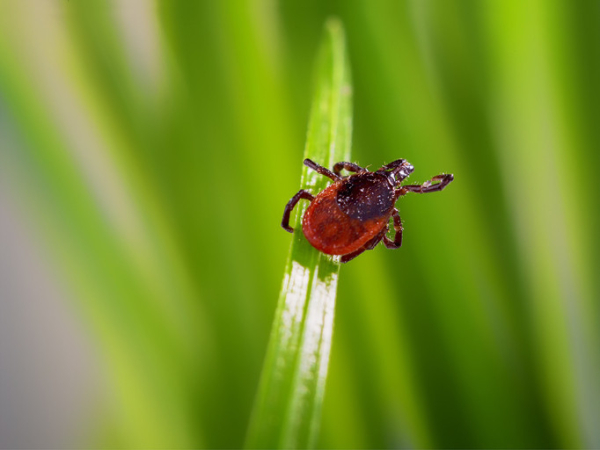
Swimming is a great activity for children. It’s good exercise, it’s an important safety skill, and it can be a good way to get outside and get some fresh air and sunshine.
But for children with eczema — also known as atopic dermatitis — swimming can be complicated. Here’s how parents can help.
What is eczema?
Eczema is an allergic condition of the skin. It can be triggered by allergies to things in the environment, like pollen or cats, as well as by allergies to food. It can also be triggered when chemicals or other things irritate the skin, or when the skin loses moisture, or by excessive sweating.
Swimming and sun may be helpful for eczema
Swimming in a chlorinated pool can actually be helpful for eczema. Bleach baths, which are a commonly recommended eczema treatment, essentially make the bathtub like a swimming pool.
It also can be good for eczema to get some sun and be in the water. The trick is to optimize the benefits while preventing the possible problems.
What to do before and after swimming when a child has eczema
Here are some suggestions for parents:
- If you’ll be outside, make sure you use sunscreen, preferably one with zinc oxide or titanium. Look for formulations for sensitive skin and avoid anything with fragrance. Consider using UV-protectant swimwear or shirts, especially if embarrassment about rashes is a problem.
- Put on an emollient before swimming, especially in a chlorinated pool. A good grease-up before swimming can protect the skin. Don’t overdo it on the palms or soles; you want your child to be able to hold on to things, and you don’t want them to slip and fall. Talk to your doctor about the best emollient for your child.
- If you are swimming in a pool for the first time, you might want to try a briefer swim than usual to be sure the chemicals aren’t too irritating. If possible, avoid going in a pool right after chlorine has been added.
- Plan to change and shower right after swimming, using a mild soap or body wash without fragrance. Dab the skin dry with a clean towel (don’t use the one you used while swimming) and reapply emollient.
- Look for silicone-lined swim caps and goggles, as they may be less irritating than rubber or other plastics. Be sure to rinse all swim gear after use.
- If your child’s eczema is very inflamed, or is infected, it might be best to avoid swimming until it is better — or at least to get your doctor’s advice.
What else should you consider?
Be aware that some children and teens with eczema are embarrassed by it and don’t like to wear bathing suits that show a lot of skin. Follow your child’s lead on this.
If your child has frequent flares of eczema, or severe eczema, talk to your doctor about whether using regular topical steroids might help — and whether you should use them before swimming. If you are headed on a vacation where your child will be swimming often, or just headed into a time of year with lots of possible swimming, talk to your doctor about the best strategies to keep your child’s skin healthy.
For more information, visit the websites of the National Eczema Association and the American Academy of Dermatology.
Follow me on Twitter @drClaire
About the Author

Claire McCarthy, MD, Senior Faculty Editor, Harvard Health Publishing
Claire McCarthy, MD, is a primary care pediatrician at Boston Children’s Hospital, and an assistant professor of pediatrics at Harvard Medical School. In addition to being a senior faculty editor for Harvard Health Publishing, Dr. McCarthy … See Full Bio View all posts by Claire McCarthy, MD






























